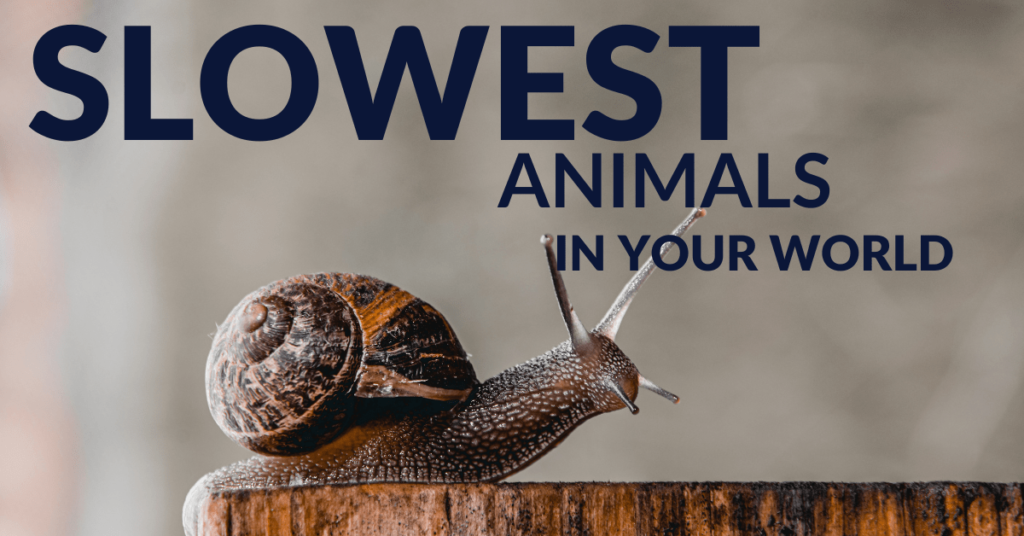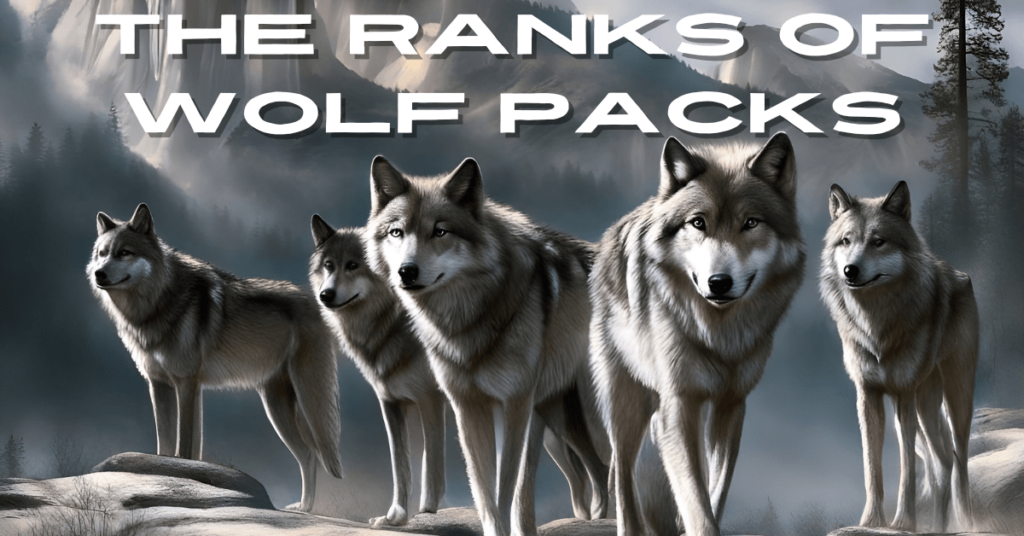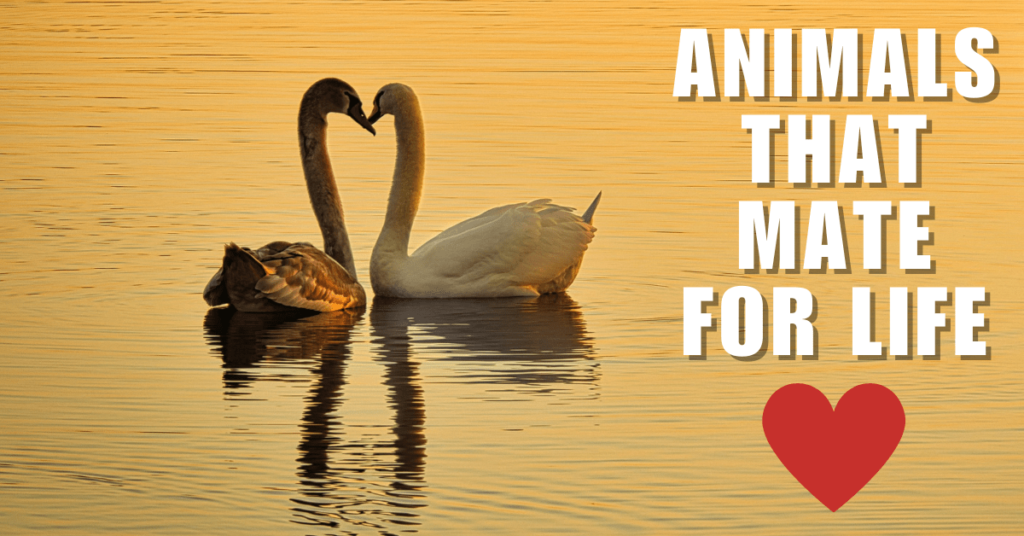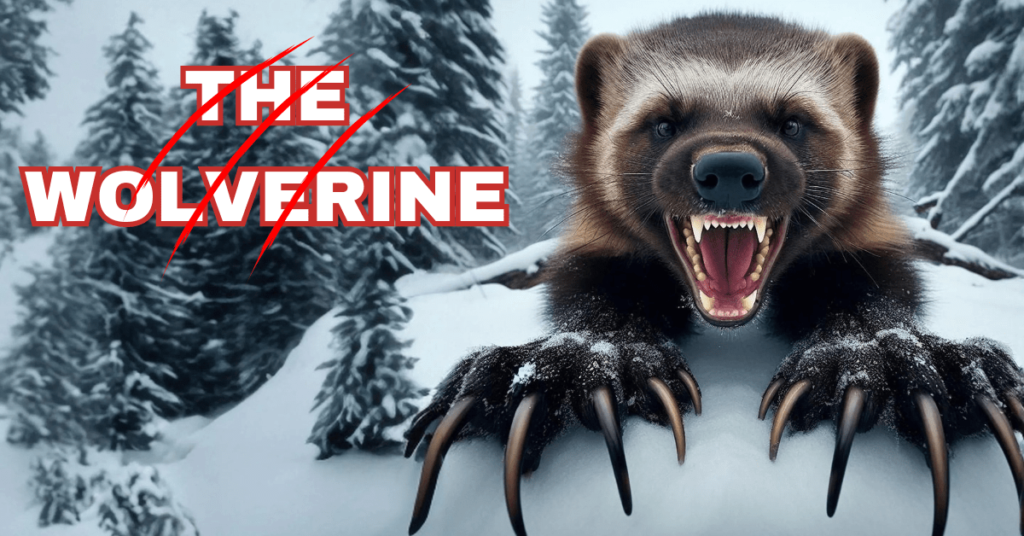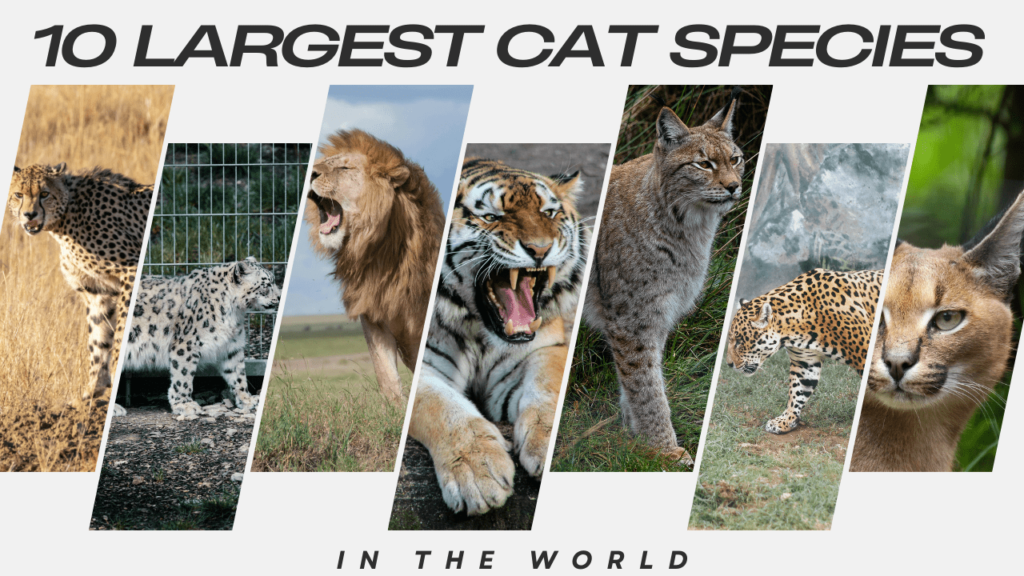Introduction
In the vast animal kingdom, speed is often seen as a crucial trait for survival. Predators chase down their prey, and prey must flee to survive. However, some creatures defy this rule. These animals move at an astonishingly slow pace, yet they have managed to thrive in their respective environments. The slowest animals may not be able to outrun danger, but they have evolved in unique ways to compensate for their lack of speed.
So, what is the slowest animal in the world? Surprisingly, the answer isn’t as simple as one might think. From the sloth hanging lazily in the trees to the slow-crawling garden snail, each of these creatures has fascinating reasons for their slow pace. In this article, we will explore the top 10 slowest animals on earth, uncover their lifestyles, and learn how they’ve adapted to live life in the slow lane.
Also, check out Top 15 Fastest Animals in the World.
Why Some Animals Are Slow
Evolutionary Adaptations
The slow movement of certain animals can often be traced back to evolutionary adaptations. For many of the slowest animals, speed is simply not necessary for survival. Instead, these animals have developed other strategies that suit their slow nature. For example, the three-toed sloth, widely regarded as the slowest animal on earth, has a slow metabolism. This means it requires less energy and can afford to move at a snail’s pace. Similarly, animals like the giant tortoise and the starfish also have slow metabolisms that allow them to conserve energy over long periods.
Energy Conservation
Another reason behind the slow movement of these animals is energy conservation. In some cases, animals like the koala feed on low-nutrient diets, such as eucalyptus leaves, which provide minimal energy. To make up for this, the koala moves slowly to conserve whatever energy it can. This adaptation ensures that the animal survives even with its limited resources.
Camouflage and Avoiding Predators
Many of the world’s slowest animals rely on their slow movement to remain hidden from predators. The garden snail, for instance, moves slowly to avoid drawing attention, while its shell offers a protective retreat when threatened. Similarly, the slow-moving sloth uses its sluggish pace and greenish fur, which blends in with trees, to avoid being spotted by predators in the forest canopy. In this way, slow movement can be an asset, allowing these creatures to remain unnoticed in the wild.
Top 10 Slowest Animals:
10. American Woodcock
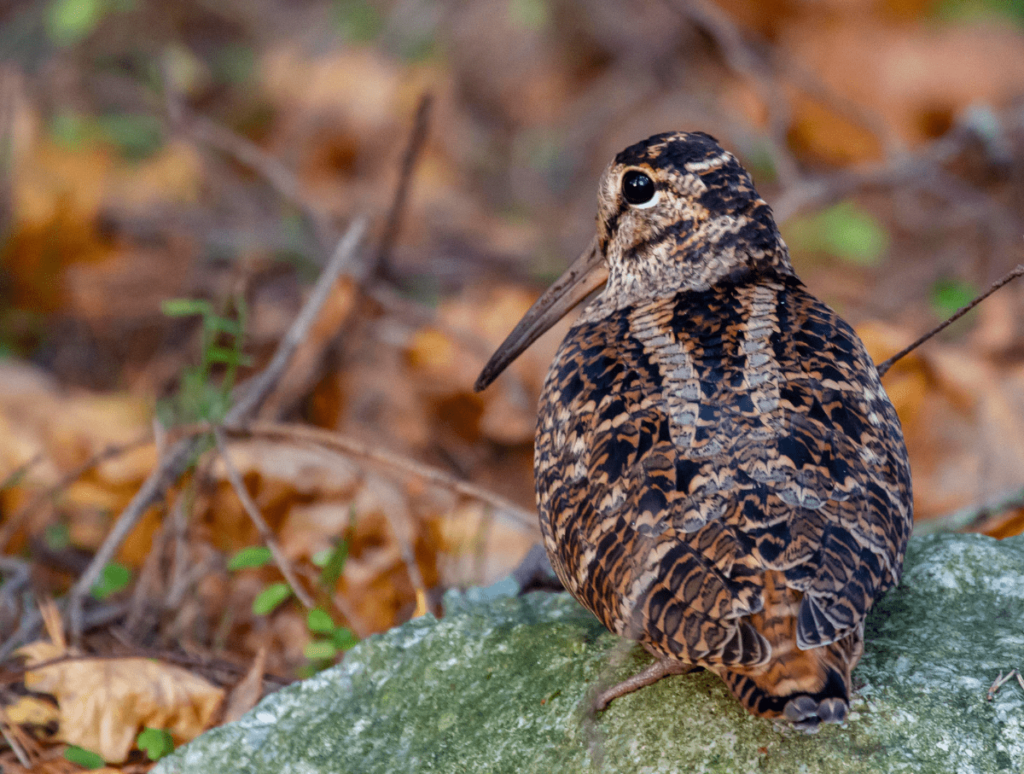
The American Woodcock is a small, migratory bird known for its distinctive round body and long bill. These birds are often found in woodlands and wetlands, where they hunt for earthworms and other invertebrates. Their unique courtship display, which includes a series of aerial dives, is a sight to behold during mating season.
- Common Name: American Woodcock
- Scientific Name: Scolopax minor
- Family Name: Scolopacidae
- Type: Bird
- Speed: 1 mph / 1.6 km/h
- Diet: Insects, earthworms
- Habitat: Forests, wetlands, and fields
- Conservation Status: Least Concern
The American Woodcock’s slow movement allows it to carefully probe the ground for food without alarming its prey. This deliberate approach is advantageous for hunting, but it can also pose risks; when threatened, their slow speed can make them an easier target for predators.
9. Manatee

The Manatee, often referred to as the “sea cow,” is a large marine mammal found in warm coastal waters, rivers, and freshwater lakes. These gentle herbivores are known for their slow-moving nature and are often seen grazing on seagrass. Their paddle-like flippers and large, rounded bodies make them easily recognizable.
- Common Name: Manatee
- Scientific Name: Trichechus
- Family Name: Trichechidae
- Type: Mammal
- Speed: 3 mph / 5 km/h
- Diet: Seagrasses and aquatic plants
- Habitat: Warm coastal waters, rivers, and lakes
- Conservation Status: Vulnerable
The slow speed of the Manatee is a beneficial adaptation that allows it to conserve energy while foraging for its primary diet of seagrass. This leisurely lifestyle enables the manatee to avoid rapid movements that could waste energy. However, their slow pace can also make them vulnerable to boat strikes and habitat loss, as they often inhabit areas frequented by watercraft.
8. Loris
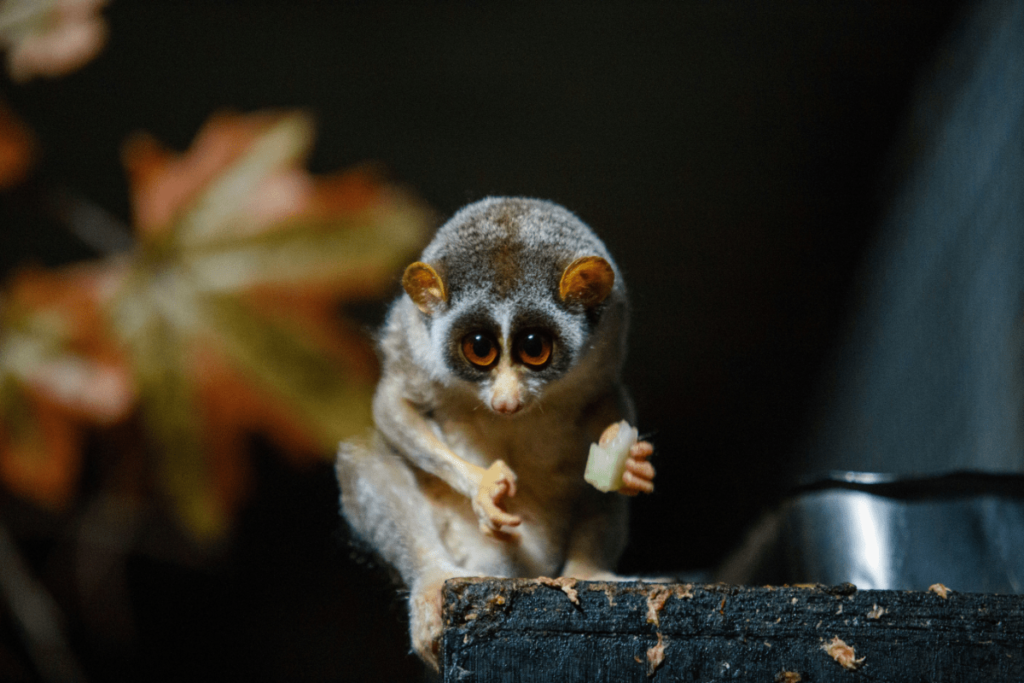
The Loris is a small primate found in Southeast Asia, known for its large, round eyes and unique nocturnal behavior. These creatures are characterized by their slow, deliberate movements, which help them navigate their forest habitats while hunting for insects and fruits. Their distinctive appearance and intriguing behaviors make them a fascinating species to observe.
Loris is an Nocturnal Animal: Check out 37 Unique Species That Thrive Under the Cover of Darkness
- Common Name: Loris
- Scientific Name: Nycticebus
- Family Name: Lorisidae
- Type: Primate
- Speed: 0.1 mph / 0.16 km/h
- Diet: Fruits, insects, small animals
- Habitat: Tropical forests
- Conservation Status: Vulnerable
The slow speed of the Loris serves as a vital adaptation for its survival. By moving slowly, it can avoid detection by predators, as its coloration allows it to blend seamlessly into the foliage. However, this lethargic pace can also be a double-edged sword, as it may struggle to escape threats when they arise, making it dependent on its ability to remain hidden.
7. Koala
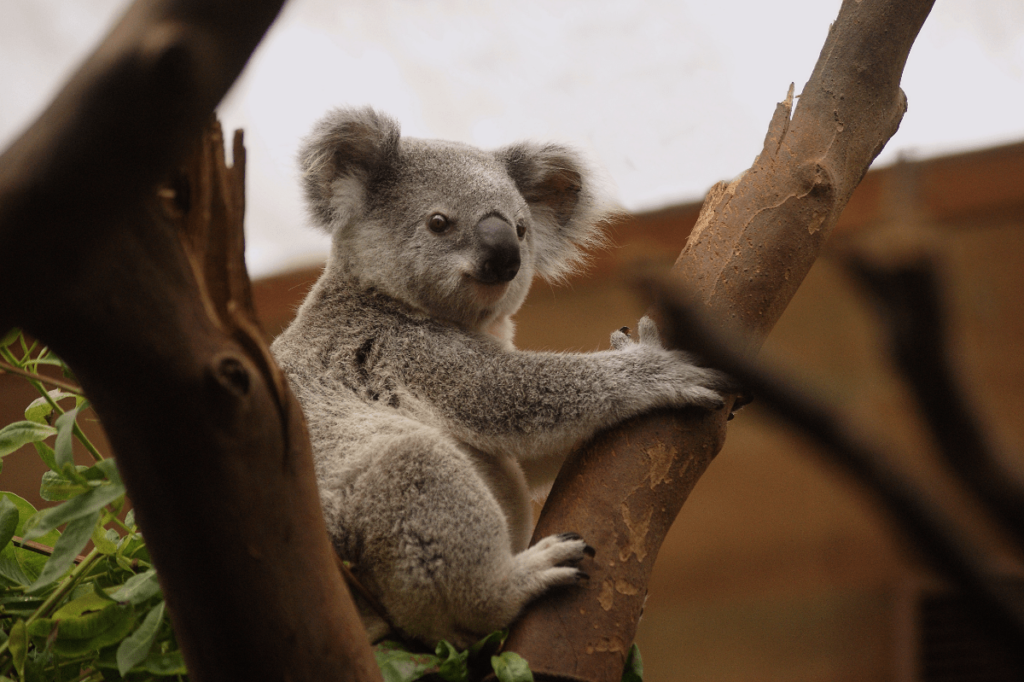
The Koala is a marsupial native to Australia, known for its distinctive appearance and arboreal lifestyle. These cuddly creatures have a fluffy coat, large ears, and a strong sense of smell. Koalas spend most of their time sleeping and feeding on eucalyptus leaves, which provide them with both nourishment and hydration.
- Common Name: Koala
- Scientific Name: Phascolarctos cinereus
- Family Name: Phascolarctidae
- Type: Mammal
- Speed: 0.7 mph / 1.1 km/h
- Diet: Eucalyptus leaves
- Habitat: Eucalyptus forests
- Conservation Status: Vulnerable
The Koala’s slow movement is a key aspect of its survival strategy, allowing it to conserve energy while foraging for its specialized diet of eucalyptus leaves. This slow pace helps it avoid detection by predators. However, their reliance on a limited food source can make them vulnerable to habitat loss and climate change, affecting their ability to find food.
6. Banana Slug
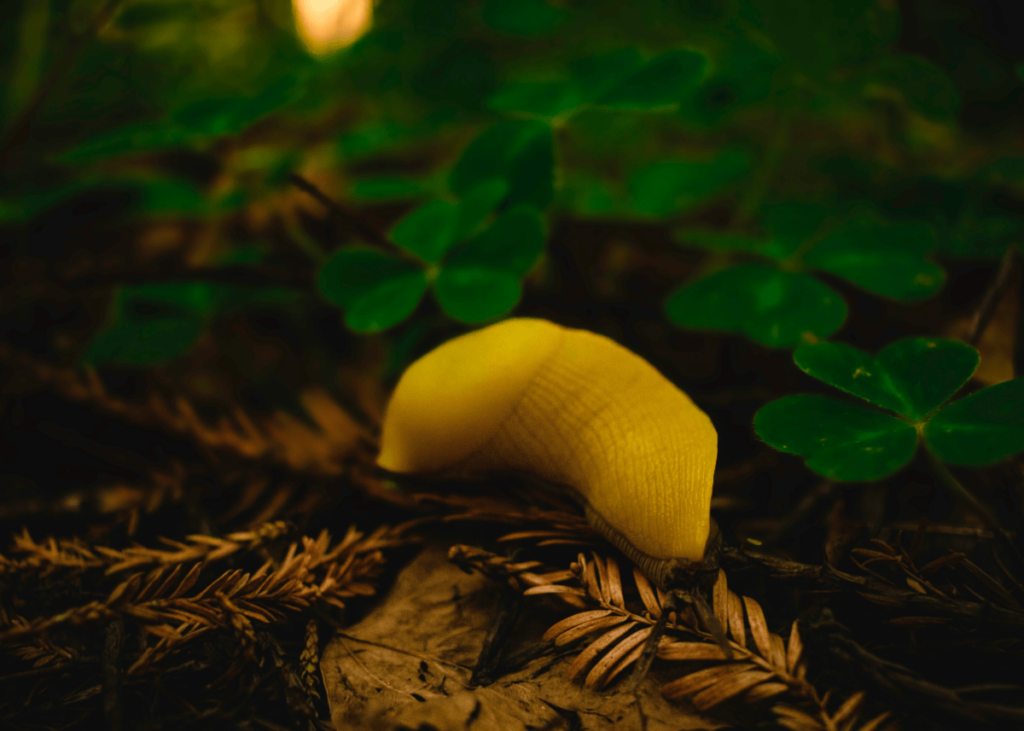
The Banana Slug is a large gastropod known for its bright yellow color and slimy texture. Found primarily in the damp forests of the Pacific Northwest, these slugs play an essential role in the ecosystem by breaking down organic matter. Their slow, gliding movement is typical of many slug species, allowing them to navigate their environments with ease.
- Common Name: Banana Slug
- Scientific Name: Ariolimax dolichophallus
- Family Name: Arionidae
- Type: Mollusk
- Speed: 0.03 mph / 0.05 km/h
- Diet: Decaying leaves, fungi, and other organic matter
- Habitat: Moist forests and gardens
- Conservation Status: Not Evaluated
The Banana Slug’s extremely slow speed is advantageous as it allows this mollusk to graze leisurely on decaying plant matter, essential for its diet. However, this slow pace can also make them susceptible to predation, particularly from animals like birds and mammals that may see them as easy targets.
5. Seahorse
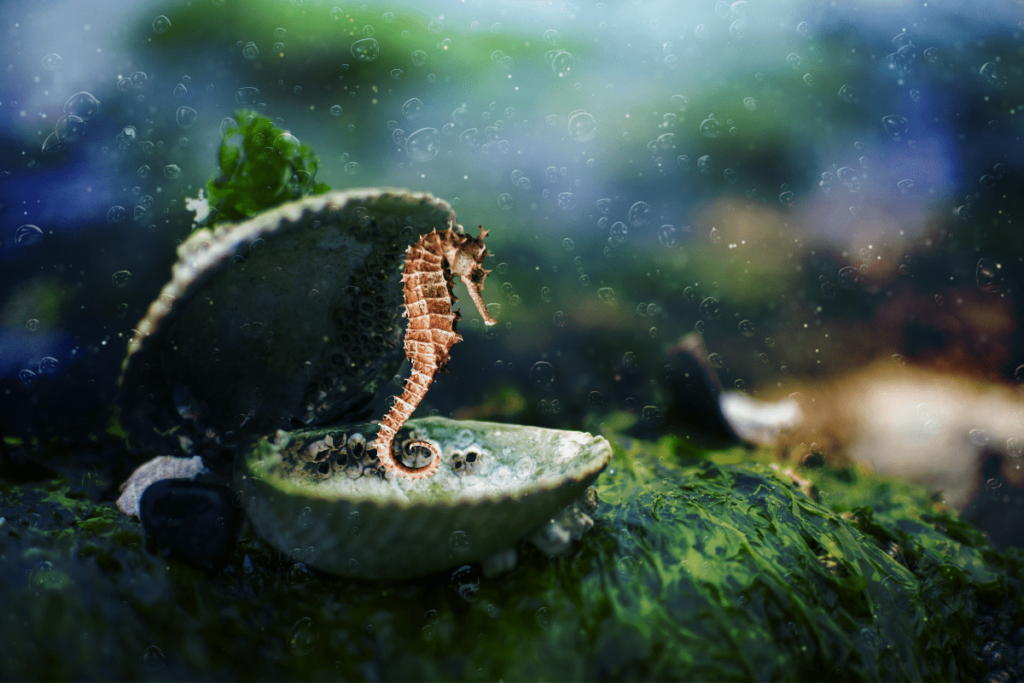
The Seahorse is a unique marine fish recognized for its distinctive horse-like appearance and slow swimming abilities. Found in shallow waters among seagrass beds and coral reefs, seahorses are famous for their reproductive role, where males carry and nurture the young in a specialized pouch. Their unusual swimming technique consists of small fin movements, which contributes to their slow speed.
Seahorse is one of the few Animals That Mate for Life
- Common Name: Seahorse
- Scientific Name: Hippocampus
- Family Name: Syngnathidae
- Type: Fish
- Speed: 0.01 mph / 0.016 km/h
- Diet: Small crustaceans and plankton
- Habitat: Shallow coastal waters, seagrass beds, and coral reefs
- Conservation Status: Vulnerable
The Seahorse’s slow speed is a result of its swimming style, which relies on tiny dorsal fins for propulsion. This lethargy allows them to blend into their environment, evading predators while hunting for food. However, their slow movement can also hinder their ability to escape from threats, making them vulnerable to habitat loss and changes in water quality.
4. Giant Tortoise

The Giant Tortoise is one of the longest-living animals on Earth and is famous for its massive size and slow pace. These tortoises are primarily found on the Galápagos Islands and are known for their domed shells and long lifespans, often exceeding 100 years. They have a herbivorous diet, primarily consisting of grasses and leaves.
Understand the differences between Tortoise Vs Turtle Vs Terrapin
- Common Name: Giant Tortoise
- Scientific Name: Chelonoidis
- Family Name: Testudinidae
- Type: Reptile
- Speed: 0.2 mph / 0.32 km/h
- Diet: Grasses, leaves, fruits
- Habitat: Grasslands and scrublands
- Conservation Status: Vulnerable
The slow movement of the Giant Tortoise is a reflection of its energy-efficient lifestyle. By moving slowly, these tortoises conserve energy while foraging for food. Their size and tough shells provide some protection against predators. However, their slowness also makes them vulnerable to threats like habitat destruction and introduced species.
3. Starfish

Starfish, or sea stars, are marine invertebrates known for their distinctive star-shaped bodies and slow movement along the ocean floor. They possess a unique ability to regenerate lost arms, which aids their survival in harsh environments. Starfish use tube feet to slowly glide over substrates, searching for food such as mollusks and algae. But they are one of the Slowest Animal in the World.
- Common Name: Starfish
- Scientific Name: Asterias
- Family Name: Asteridae
- Type: Echinoderm
- Speed: 0.02 mph / 0.03 km/h
- Diet: Mollusks, algae
- Habitat: Rocky and sandy ocean floors
- Conservation Status: Not Evaluated
The starfish’s slow movement allows it to carefully navigate its habitat, where it can hunt for prey without alarming them. This methodical approach to feeding is crucial for its survival, but it also leaves them exposed to predators like fish and crabs.
2. Garden Snail
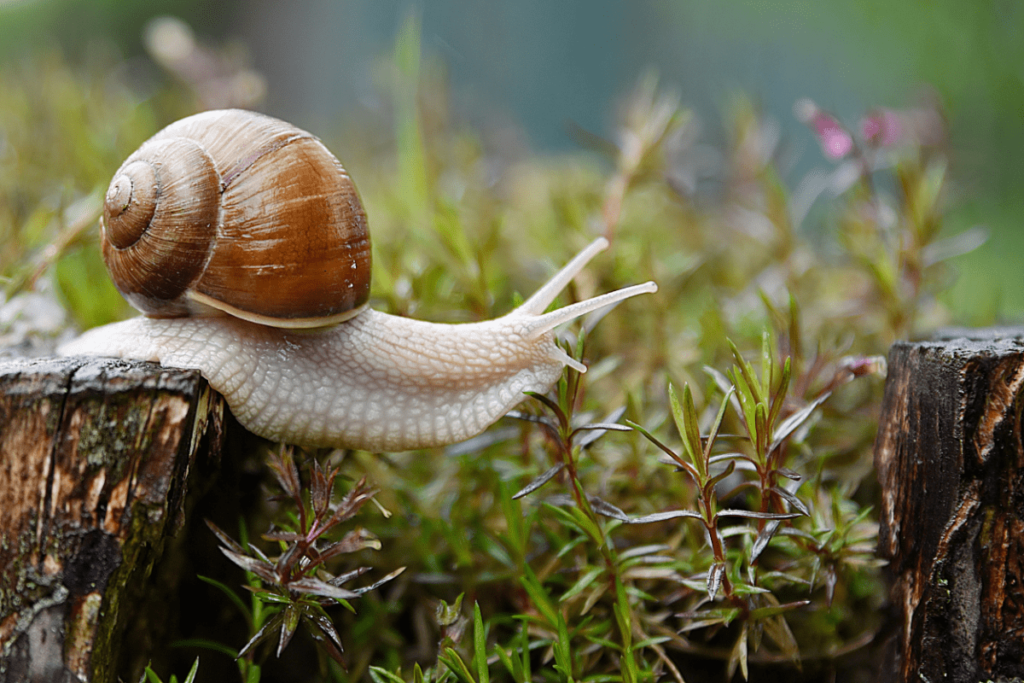
The Garden Snail is a common land gastropod recognized for its coiled shell and slimy body. These snails are typically found in gardens and moist environments, where they feed on decaying organic matter and vegetation. Their slow pace and retractable bodies make them well-adapted to their surroundings.
- Common Name: Garden Snail
- Scientific Name: Cornu aspersum
- Family Name: Helicidae
- Type: Mollusk
- Speed: 0.03 mph / 0.05 km/h
- Diet: Leaves, fruits, decaying matter
- Habitat: Gardens, forests, and fields
- Conservation Status: Not Evaluated
The slow speed of the Garden Snail helps it avoid detection by potential predators while it forages for food. This lethargic movement allows snails to blend into their environment, although it also makes them vulnerable to birds and other creatures that may prey on them.
1. Three-Toed Sloth
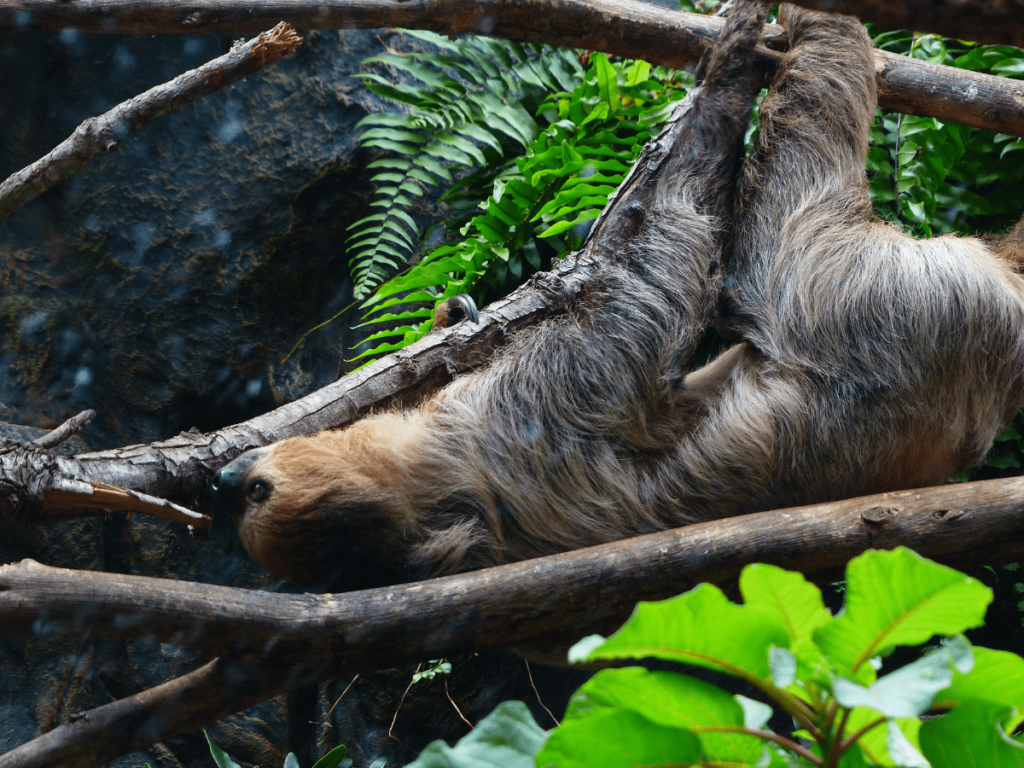
The Three-Toed Sloth is the slowest animal native to Central and South America, known for its distinctive three toes and relaxed lifestyle. These sloths spend most of their time hanging upside down from tree branches, where they feed on leaves, fruits, and flowers. Their slow metabolism contributes to their lethargic nature.
- Common Name: Three-Toed Sloth
- Scientific Name: Bradypus
- Family Name: Bradypodidae
- Type: Mammal
- Speed: 0.03 mph / 0.05 km/h
- Diet: Leaves, fruits
- Habitat: Tropical rainforests
- Conservation Status: Vulnerable
The extremely slow movement of the Three-Toed Sloth is a significant adaptation to its low-energy diet. By conserving energy and moving slowly, sloths can remain undetected by predators. However, this slowness also makes them vulnerable to threats, particularly habitat loss due to deforestation.
Adaptations to Slow Movement
The adaptations that allow slow animals to thrive are fascinating. Many of these creatures have developed specialized features to survive in their environments. For instance, the Three-Toed Sloth has a low metabolic rate, which enables it to go days without food, conserving energy while it navigates through the rainforest canopy. Similarly, the Giant Tortoise has a thick shell that provides protection against predators, allowing it to move slowly without fear.
Being slow can be an effective survival strategy. The Garden Snail has a protective shell and the ability to retract into it, making it less vulnerable to predators while it forages for food. Likewise, the Starfish relies on its slow movement to carefully search for prey, often catching them by surprise. These adaptations demonstrate that slowness is not just a limitation; it can be a strategic advantage in the animal kingdom.
The Role of Speed in Nature
Speed and slowness coexist in the animal kingdom, each serving unique roles in survival and ecological balance. While fast animals like cheetahs and gazelles rely on their speed for hunting and evading predators, slow animals demonstrate that slowness can also be advantageous. For example, the Manatee, often called a “sea cow,” moves at a leisurely pace, which allows it to graze on underwater plants while avoiding faster-moving predators.
In certain situations, slow movement is more effective. Predators may overlook slower animals, allowing them to forage for food without alarming potential threats. Additionally, slow-moving animals often possess other adaptations, such as camouflage or hard shells, that help them remain undetected in their environments. This balance of speed and slowness highlights the diversity of survival strategies in nature.
Fun Facts About Slow Animals
- Three-Toed Sloths are excellent swimmers! They can hold their breath for up to 40 minutes and use their long arms to paddle through water.
- Giant Tortoises can live for over 100 years, making them some of the longest-living animals in the world. The oldest known tortoise, named Jonathan, is believed to be over 190 years old!
- Garden Snails can sleep for up to three years! They enter a state of dormancy during dry conditions, conserving moisture until the environment becomes suitable for foraging.
- Starfish can regenerate lost arms, and some species can even regenerate their entire body from just one arm!
- Manatees, despite their slow movement, are often referred to as “sea cows” and can consume up to 100 pounds of vegetation daily.
- The Banana Slug, a native of the Pacific Northwest, is known for its bright yellow color and can grow up to 10 inches long.
- American Woodcocks use their slow, stealthy movement to avoid detection by both predators and prey, blending into their forested habitats.
Conclusion
In conclusion, the world of slow animals reveals a fascinating diversity of adaptations and survival strategies that challenge our perceptions of speed in the animal kingdom. From the Three-Toed Sloth, whose leisurely pace allows it to thrive in the treetops, to the Giant Tortoise, which showcases resilience with its long lifespan and protective shell, these creatures highlight how slowness can be a powerful tool for survival.
Understanding the role of slow movement, as seen in species like the Garden Snail and Manatee, emphasizes the importance of balance in nature. Each of these animals has carved out a niche that allows them to thrive, demonstrating that speed is not the only path to success in the wild.
As we appreciate these slow-paced marvels, let’s celebrate the unique adaptations that enable them to survive in their environments. The next time you come across one of these fascinating creatures, remember that their slow and steady approach to life is a testament to the diverse strategies employed in the animal kingdom.
Feel free to share your thoughts in the comments below and explore more about these incredible animals!
